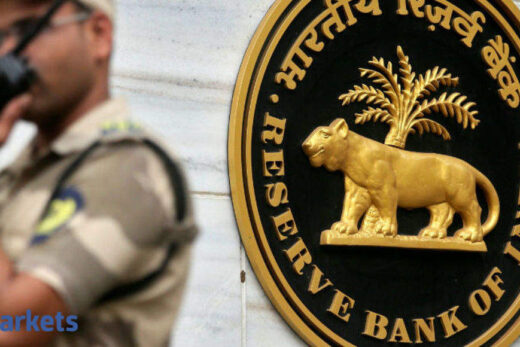Though inflation was under control and subsiding, interest rates were high with the repo rate quoting at 6.5 per cent, as RBI retained its calibrated tightening stance. Most of the investments in the previous two years were government-driven and corporate loan offtake was low, with a host of growth sectors like telecom and power coming under stress.
At a time when the economy needed credit growth and spending, a credit squeeze was counter-productive resulting in a sharp deceleration in credit growth. Speculations were rife about a rift between RBI and the government over dividend payout and other matters. The Supreme Court had struck down the central bank’s famous February 12th circular on defaulting companies.
In contrast, we are in quite a happy space today with a robust post-Covid economic recovery, lowest interest rates in some 20 years, a system plush with liquidity, a stable currency, a higher foreign exchange reserve, a more stable banking system with resolution of some of the financially stressed institutions, a relieved non-banking financial sector and credit and economic growth taking the centrestage for the central bank.
Some of the important strategic moves and certain proactive steps by RBI in last two years have helped stabilise the markets. A major crisis was averted with the resolution of the YES Bank crisis. RBI’s decisive move to bring in SBI for some Rs 2,450 crore infusion into YES Bank for a 49 per cent stake helped fix the problem. Firm decisions like imposition of a three-year lock-in period for all investors and extension of a special liquidity facility (SLF) of Rs 50,000 crore (which was also later repaid in full) were some very well-thought-through measures executed under a regulatory framework newly created for this purpose.
To address the crisis brewing out of the DHFL issue, RBI swiftly moved to supersede the board at the NBFC and appointed an administrator. The DHFL resolution process under the amended Insolvency and Bankruptcy Code (IBC) was initiated. The amalgamation of Lakshmi Vilas Bank with DBS is yet another unprecedented step, where the central bank permitted a foreign bank to take over a domestic lender.
This averted another crisis looming over the banking sector. Just as things were settling down, Covid-19 hit the country like a bolt from the blue a couple of weeks into the YES Bank resolution, and the markets were in complete disarray. Taking control of the situation, the government and RBI worked in an orchestrated manner to pull the economy swiftly out of the slump.
RBI ensured enough liquidity in the market by infusing cash through the TLTRO schemes and reducing the cash reserve ratio. Slashing of the repo rate has left the country with one of the lowest interest rate regimes in recent times. Measures like a moratorium on loan repayments and an emergency credit guarantee line wherein RBI supported the government have helped businesses survive the pandemic.
Interestingly, immediate priorities did not deter RBI from taking their eyes off from the long-term strategic initiatives. One such major initiative was the recommendation of the internal working group to review extant ownership guidelines and corporate structure of Indian private sector banks. RBI has currently invited comments on the report till January 12, 2021.
Of course, there are other areas yet to be attended to, like improved governance of the public sector banks either by way of privatisation in consultation with the government or through consolidation for which recommendation are readily available in P J Nayak Committee report.
A digital-only bank format like in other emerging economies also needs attention, given the high penetration of the mobile telephony in the country. A long-term prescription for NBFCs will be required as this sector is always vulnerable to market realities. Development of the corporate bond market to help finance long-term infrastructure also requires focus.
Conclusion
Undoubtedly, the last couple of years have been some of the most eventful time in the Indian financial markets. But the grit with which RBI has responded to every situation is undeniably applaudable. Of course, as we all know, some of these aggressive moves may have other implications. Inflation is inching up and is becoming somewhat sticky.
It will indeed be another challenge for the RBI Governor to maintain lower interest rates alongside the compulsion to rein in inflation. I am sure, like on multiple occasions in the last two years, he will pull a rabbit out of his hat and manage the situation well.



